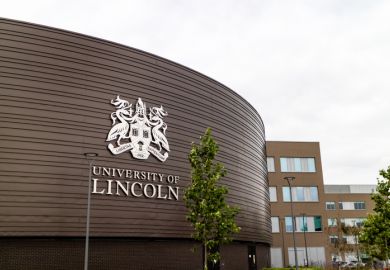Plans to make up to 50 academics redundant at the University of Warwick using “simplistic” metrics have been criticised by staff.
About 15 staff in Warwick’s School of Life Sciences have been informed that their jobs are at risk after the department was told that it is failing to hit its financial targets.
Another 30 positions at the Warwick Medical School are also believed to be at risk next year for the same reason, while four people in the Centre for Education and Industry also face redundancy.
Dennis Leech, president of Warwick’s University and College Union branch, said that a “single cash metric” used to identify redundancies in life sciences had caused concern.
Under the selection criteria, professors, associate professors and principal research fellows who did not have an average external grant income of at least £75,000 a year over the past four years are at risk.
Forcing academic staff to hit short-term financial targets “fundamentally affect[ed] the nature of the academic contract”, while also hitting those with higher teaching loads, he said.
He likened the situation to the controversial performance management undertaken at Queen Mary University of London, adding that “cruder metrics” were being used.
Staff at a UCU meeting on 8 October passed a motion saying that the university had yet to make a convincing case for why job losses on such a scale were needed.
It also agreed that the cuts were partly caused by “management decisions” such as research excellence framework expenditure and spending “millions on buildings, landscaping and other prestige projects”.
A Warwick spokesman said the number of posts at risk could fall if opportunities for changes in roles or deployment are found and agreed on.
He said that staff had been advised “as early as we could” that “it was likely that there would have to be some reduction in staffing levels” to secure the “long-term viability” of the medical and life sciences schools.
It would seek to achieve reduced staff numbers through voluntary redundancies in both cases, he added.
Register to continue
Why register?
- Registration is free and only takes a moment
- Once registered, you can read 3 articles a month
- Sign up for our newsletter
Subscribe
Or subscribe for unlimited access to:
- Unlimited access to news, views, insights & reviews
- Digital editions
- Digital access to THE’s university and college rankings analysis
Already registered or a current subscriber? Login





